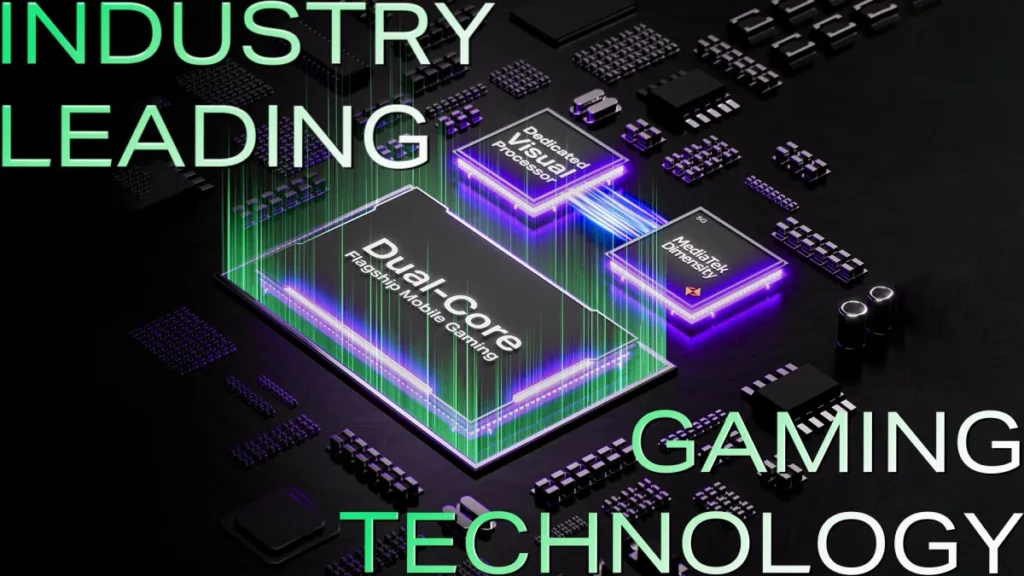
As the demand for higher performance in smartphones continues to rise, engineers are exploring increasingly sophisticated cooling solutions, including the implementation of active cooling. Infinix has been developing its own system, known as CoolMax.
Initially showcased in a prototype gaming phone, CoolMax offers a glimpse of potential future innovations. According to Infinix, this system can lower the chipset temperature by 10°C (50°F).
The showcased prototype features MediaTek’s Dimensity 9300 chipset, boasting four Cortex-X4 cores instead of the typical one. Leveraging CoolMax and an AI management platform, Infinix achieved a groundbreaking AnTuTu score of 2,215,639 with this concept device.

CoolMax is a revolutionary combination of a thermo-electric cooler (also known as a Peltier module) and a cooling fan. While resembling the basic construction of external cooler add-ons, CoolMax eliminates the inefficiency of having the phone’s rear panel between the chipset and the cooler. As a built-in solution, only thermal paste separates the chipset from the cooler.
In contrast, Red Magic’s gaming phones with active cooling rely solely on a fan to push air through a copper duct that carries heat away from the chipset. This approach, akin to a PC cooler and fan, differs from CoolMax’s integrated design.

The thermo-electric cooler within CoolMax theoretically offers greater temperature reduction than pure air cooling methods. Operating on the Peltier effect, this cooler creates a temperature difference, with one side of the module being cooler than ambient temperature while the other side becomes hotter. By attaching a cooler to the hot side, CoolMax achieves enhanced cooling performance for the chipset.
Although the Dimensity 9300 features four Cortex-X4 cores, they are not uniform in their capabilities. While one core can reach speeds of up to 3.25GHz, the remaining three are capped at 2.85GHz. Additionally, there are four A720 cores clocked at 2.0GHz. To optimize performance and efficiency, an AI algorithm dynamically allocates tasks among the cores. This ensures that critical tasks are assigned to the faster cores, while less time-sensitive tasks are directed to the more power-efficient cores.

The concept gaming phone is equipped with a Pixelworks visual processor, which supplements the Immortalis-G720 GPU by generating extra frames. Infinix claims that this setup can achieve a refresh rate of 180Hz at FHD+ resolution and 144Hz at QHD+ resolution.
Infinix has plans to release a gaming phone later in 2024. However, specific details regarding how closely it will resemble this concept device are currently undisclosed.
Before concluding, it’s worth mentioning a couple of other technologies that Infinix showcased at MWC. One of them is AirCharge, a wireless charging system that operates within a short distance of up to 20cm (approximately 8 inches). This feature enables the charger to be placed under a desk, unlike typical Qi chargers that need to be relatively close to the phone.
Another intriguing piece of hardware is the Infinix Extreme-Temp battery. Utilizing a new biomimetic electrolyte, the battery can function in extremely low temperatures, reaching as low as -40°C (-40°F).
This feature will be advantageous even for those who do not reside in Arctic regions, as the endurance of lithium batteries significantly diminishes once temperatures drop below freezing. At -20°C (-4°F), the Extreme-Temp battery offers between 50% and 300% greater endurance than a typical lithium battery.




